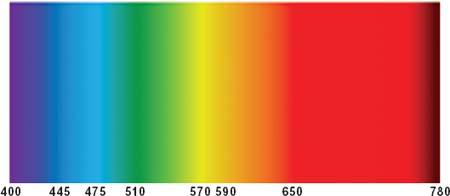Through the Language Glass: Why the World Looks Different in Other Languages (53 page)
Read Through the Language Glass: Why the World Looks Different in Other Languages Online
Authors: Guy Deutscher
Tags: #Language Arts & Disciplines, #Linguistics, #Comparative linguistics, #General, #Historical linguistics, #Language and languages in literature, #Historical & Comparative

2
. Kit of wools for the Holmgren color blindness test.

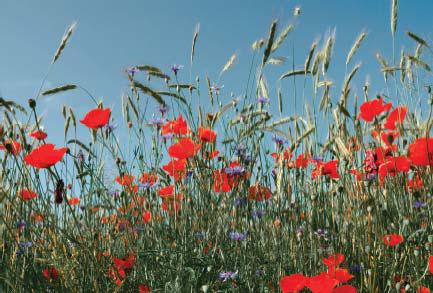
3
. The difference between these two pictures demonstrates Magnus’s revised theory. The picture on the top is what Europeans see, and the picture on the bottom is what Magnus argued the ancients would have seen: the red hues are just as vivid, but the cooler colors green and blue are much less so.

4a
. The English colors “yellow,” “green,” and “blue.”

4b
. An alternative division: “grellow,” “turquoise,” and “sapphire”.
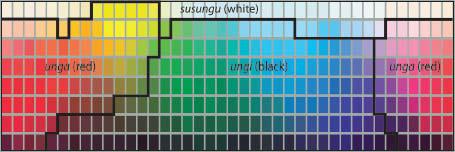
5a
. The Bellonese three-color system.

5b
. The Ziftish three-color system.
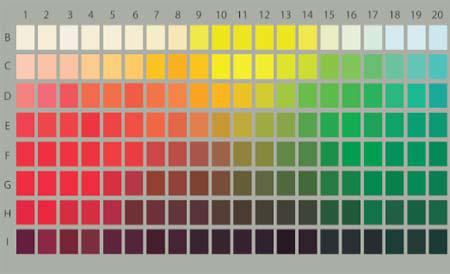
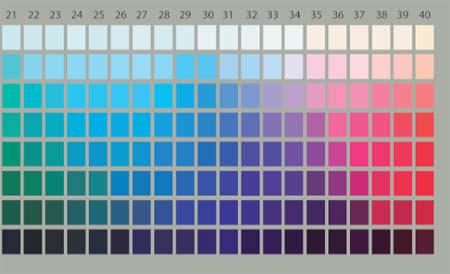
6
. The set of 320 colored chips used by Berlin and Kay, in 40 equally spaced hues and 8 degrees of brightness. All chips are at maximum saturation.
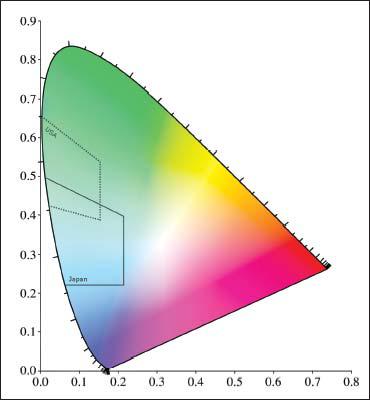
7
. Official specifications for the approved hues of green traffic lights in Japan and the United States, defined as regions of the standard CIE 1931 chromaticity diagram.
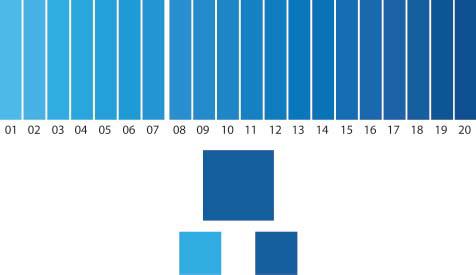
8
. The “Russian blues” experiment.
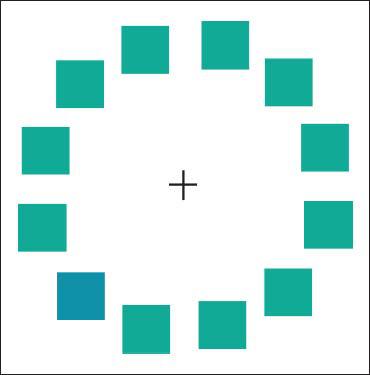
9
. Circle of squares in green and blue shades.
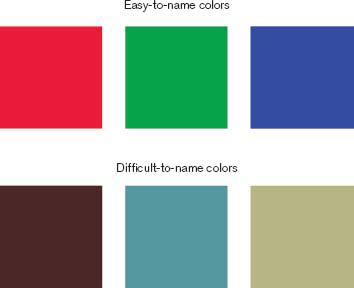
10
. Easy-to-name and difficult-to-name colors in Chinese.
